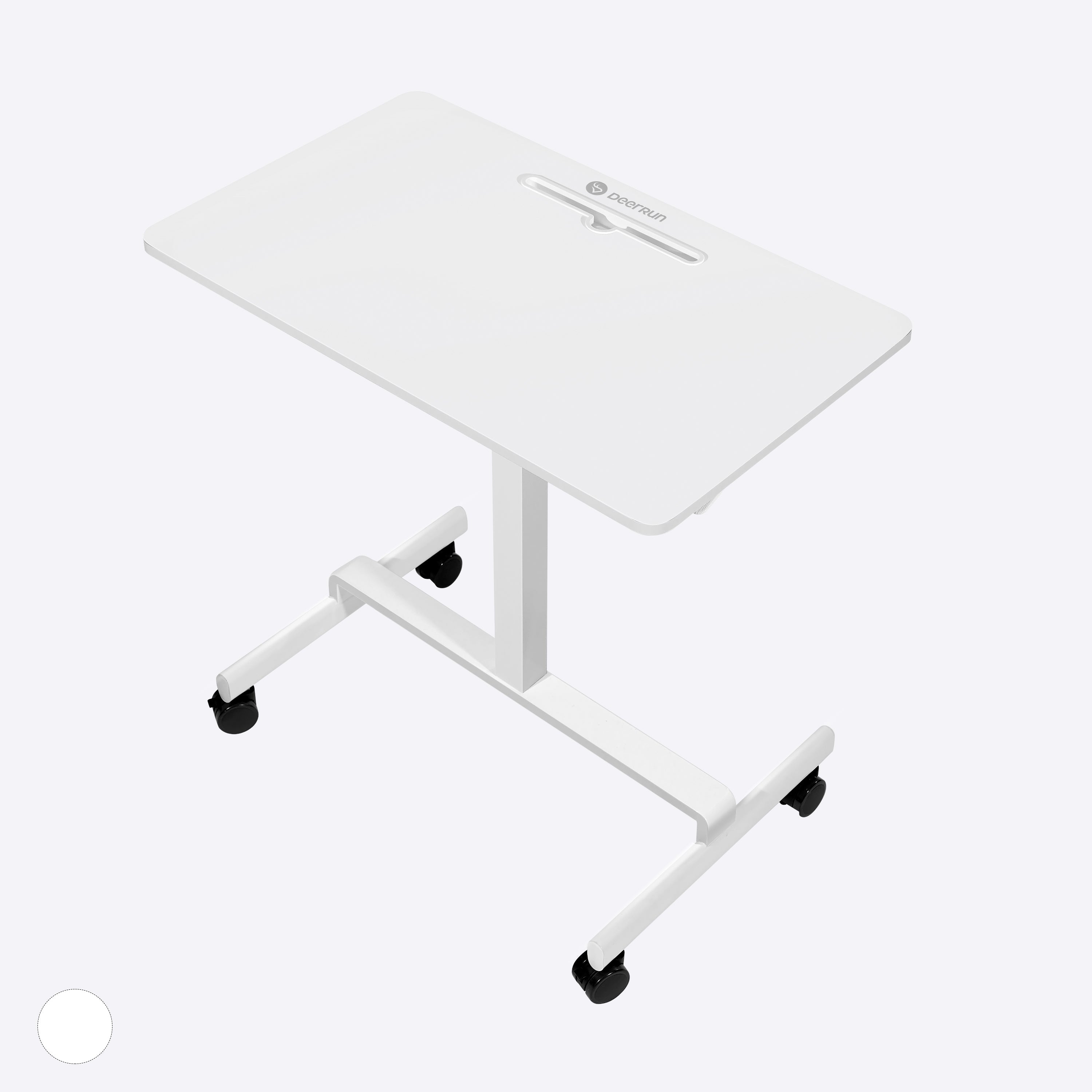Walking is a fundamental and accessible form of exercise and stands as a cornerstone of maintaining a healthy lifestyle. From cardiovascular health to mental clarity, the benefits of regular walking are diverse and well-documented. As a foundational activity, walking serves as a gateway to improved fitness, making it an essential component of any wellness routine.
10,000 steps as a common daily goal
In recent years, the notion of walking 10,000 steps per day has gained widespread recognition as a health benchmark. This goal is often attributed to the influence of pedometers and fitness trackers. As an easily measurable target, the 10,000-step goal provides individuals with a tangible objective to strive for, adherence to a more active and healthy lifestyle.
Use of treadmills for walking exercise
While traditional outdoor walking remains popular, the modern era has introduced alternative methods to achieve daily step goals, with treadmills emerging as a convenient and weather-independent option.
Treadmills offer controlled environments, allowing individuals to customize their walking experience by adjusting speed, incline, and duration. Understanding the dynamics of walking on a treadmill is the key to optimizing the health benefits associated with this form of exercise.
In this exploration, we delve into the factors influencing the time it takes to walk 10,000 steps on a treadmill, providing insights into achieving optimal health outcomes through this adaptable fitness tool.

Factors Affecting Walking Speed on a Treadmill
Personal Factors
- Age
- Metabolic Impact: Metabolism tends to slow with age, affecting energy levels and the ability to sustain higher walking speeds.
- Joint Considerations: Age-related changes in joints may influence comfort levels and walking gait.
- Varied Capacities: Younger individuals may naturally have a higher walking capacity than older adults.
- Fitness Level
- Direct Correlation: Generally, individuals with higher fitness levels can walk at a faster pace.
- Endurance and Cardiovascular Fitness: Improved cardiovascular health and endurance contribute to sustaining a brisk walking pace.
- Consistency Matters: Regular exercise gradually improves fitness levels, positively impacting walking speed.
- Health Conditions
- Mobility and Stamina: Individuals with certain health conditions may experience limitations in mobility and stamina.
- Consultation Importance: Consulting with healthcare professionals is crucial for those with chronic conditions to determine safe and effective walking speeds.
- Adaptation Strategies: Adjustments in speed and intensity may be necessary to accommodate health considerations.
Treadmill Settings
- Speed
- Direct Impact: Treadmill speed directly correlates with walking pace.
- Individual Customization: Personalized speed settings based on fitness levels and comfort.
- Progressive Challenges: Gradual increments in speed for ongoing challenge and fitness improvement.
- Incline
- Muscle Engagement: Incline settings engage different muscle groups, affecting walking biomechanics.
- Caloric Expenditure: Walking on an incline increases calorie expenditure compared to walking on a flat surface.
- Simulation of Outdoor Conditions: Mimicking outdoor terrains for a varied and challenging workout.
- Program Variations
- Diverse Training Experiences: Pre-set programs offer diverse workouts, from interval training to hill climbs.
- Individual Preferences: Choosing programs aligned with personal goals and preferences.
- Progress Tracking: Some programs facilitate goal-oriented tracking, enhancing motivation and adherence.
Average Walking Speed on a Treadmill
General Speed
- Moderate Pace:
The typical walking speed on a treadmill for general fitness falls within the range of 3 to 4 miles per hour (4.8 to 6.4 km/h).
- Brisk Walking:
- Warm-Up and Cool-Down:
Starting and finishing at a slower pace, around 2 to 3 miles per hour (3.2 to 4.8 km/h), is recommended for warming up and cooling down.

Recommended Speed for 10,000 Steps
- Calculation Basis:
Achieving 10,000 steps in a day is often associated with walking approximately 5 miles (about 8 kilometers).
- Pace for 10,000 Steps:
To reach this goal in a reasonable time frame, a consistent speed of around 3 to 4 miles per hour (4.8 to 6.4 km/h) is recommended. It usually takes 75 - 100 minutes to take 10000 steps at the speed of around 3 to 4 miles per hour.
- Adjustments for Intensity:
Individuals aiming for a higher-intensity workout may choose the brisk walking pace range of 4 to 5.5 miles per hour (6.4 to 8.8 km/h) to achieve 10,000 steps. Then you can take 10000 steps in an hour.
Calculation of Time to Walk 10,000 Steps
Formula for Steps per Minute
- Basic Formula:
Steps per Minute = Total Steps/Walking Time (in minutes)
- Example Calculation:
If the goal is 10,000 steps and walking time is 60 minutes, then
Steps per Minute = 10,000/60
- Adjustments for Breaks:
Steps per Minute with Breaks = Total Steps/[Walking Time + Break Time (in minutes)]
Example Calculations Based on Average Walking Speeds
- Moderate Pace (3 mph):
Steps per Minute = (3.0miles/hour × 5280feet/mile × 12inches/foot)/10,000
- Brisk Pace (4 mph):
Steps per Minute = (4.0miles/hour x 5280feet/mile x 12inches/foot)/10,000
- Adjustments for Varying Speeds:
Steps per Minute for Varying Speeds = [Speed (in miles/hour) × 5280feet/mile × 12inches/foot]/10,000
Health Benefits of Walking 10,000 Steps
Cardiovascular Benefits
- Heart Health:
Regular walking at a brisk pace can improve cardiovascular health by enhancing heart function and reducing the risk of heart diseases.
- Blood Circulation:
Walking stimulates blood circulation, helping to maintain healthy blood pressure levels and reducing the risk of arterial diseases.
- Cholesterol Management:
Walking contributes to the regulation of cholesterol levels, promoting a healthier lipid profile and decreasing the risk of atherosclerosis.
Weight Management
- Calorie Expenditure:
Walking 10,000 steps helps burn calories, contributing to weight management and supporting weight loss goals.
- Metabolism Boost:
Regular walking can boost metabolism, assisting in maintaining a healthy weight and preventing weight-related issues.
- Muscle Tone:
Walking engages various muscle groups, promoting muscle tone and contributing to a leaner physique.
Mental Health Advantages
- Stress Reduction:
Walking promotes the release of endorphins, reducing stress levels and enhancing mood.
- Cognitive Function:
Regular physical activity, including walking, is associated with improved cognitive function and a reduced risk of cognitive decline.
- Anxiety and Depression:
Walking has been shown to alleviate symptoms of anxiety and depression, providing a natural and accessible way to support mental well-being.
- Better Sleep:
Regular physical activity, such as walking, is linked to improved sleep quality, contributing to overall mental and emotional resilience.
- Mindfulness and Relaxation:
Walking provides an opportunity for mindfulness and relaxation, allowing individuals to clear their minds and reduce mental fatigue.
Conclusion
In conclusion, the journey to walking 10,000 steps on a treadmill is a personalized and dynamic endeavor influenced by various factors. Understanding the interplay between personal attributes and treadmill settings is essential for optimizing the health benefits associated with this form of exercise.
Moreover, the health benefits associated with walking 10,000 steps on a treadmill are profound. From cardiovascular advantages and weight management to mental health benefits, this activity offers a holistic approach to well-being. The cardiovascular benefits extend to heart health and blood circulation, while the calorie expenditure contributes to weight management. The mental health advantages, including stress reduction, improved mood, and better sleep, underscore the holistic impact of treadmill walking on overall health.
















Leave a comment
This site is protected by hCaptcha and the hCaptcha Privacy Policy and Terms of Service apply.